
The fundamental rule of economics is this: either you’re making money or you’re not. A value proposition is how you demonstrate that you will meet this most-essential business need. It’s a clear statement articulating the advantage that your product will offer a consumer over that of your competitors. A value proposition is a building block for your business model.
In part I of our advanced guide to creating a great value proposition, I looked at a couple of Google’s competitors. In looking at Microsoft’s Bing versus DuckDuckGo, I showed how having a clearly articulated and unique selling point can be as effective as spending huge sums on advertising.
In a perfect world, every business person would offer something unique to an inelastic market, but odds are that you have competition. Fortunately, the fundamentals of building your firm’s value proposition are applicable to any business of any size. Your value proposition is where you tell a customer that what you have to offer will get them a return on their investment. In the past, I’ve broken down the value proposition framework into four parts:
-
Competitive positioning, where you identify your market, your competitors, and your opportunities.
-
Audience planning, where you decide how you will reach your future customer.
-
Value-based messaging, where you articulate what you have to offer that will help the customer make a profit.
-
Elevator pitch, where you make your case clearly and concisely.
Competitive positioning
If you’re building a value proposition mostly from scratch, a good place to start is with a SWOT analysis. SWOT stands for strengths, weaknesses, opportunities and threats, and a SWOT analysis is a four-quadrant breakdown that delves into these different areas.As I discussed in Part I of our look at crafting a great value proposition, DuckDuckGo had an opportunity to serve a niche market of web users who were concerned about privacy and built-in bias. The fact that their service does not track users is a strength for those concerned about privacy. That is also a weakness in the sense that it leads to more unpredictable SERPs. A weakness might be a 3-word name, unlike ‘Google’ or the one-syllable ‘Bing’.
Audience planning
When you have a general idea of what your market is like, you’ll dive into the nitty-gritty of answering questions about your audience. This is where an agency like Demodia can help, by using techniques like advanced analytics to track visitor behaviour.At this stage, you’ll think of a positioning statement. As I’ve written elsewhere, a positioning statement is a ‘subset of your overall value proposition that is targeted to a highly specific segment or audience persona. Effective positioning is an essential component of any persona-based marketing programme and plays a large part in modern content marketing strategies.’
Value-based messaging
Value-based messaging is where you decide how you’re going to appeal to the prospect with something that your competitors can’t give them. For instance, Uber became a trend-setter while promoting its ease of use and convenience for drivers and riders alike. Here’s the first thing you’ll see on their website:
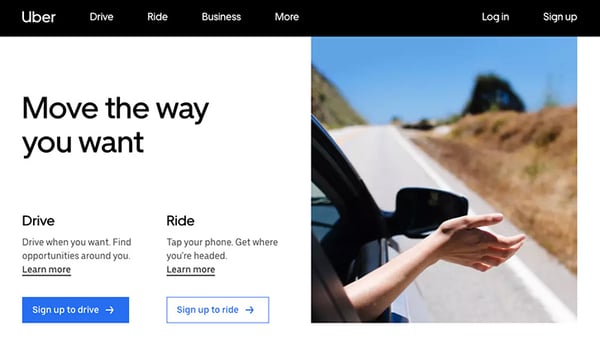
Lyft came after Uber, and offered essentially the same service. However, what Lyft offered was something very attractive to a lot of prospective Uber drivers, namely a bigger cut of the profit from each ride. So Lyft managed to successfully insert themselves in a market that Uber created. If you go to their website, they highlight the sentiment that with Lyft, you ‘start earning’.
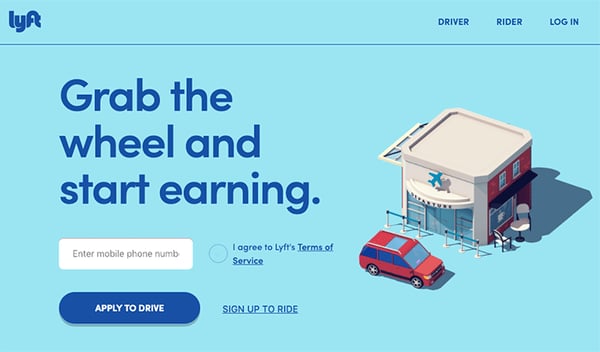
Elevator pitch
Once you have the previous steps figured out, it’s time to pitch your services to the prospect. You only have one chance to make a first impression, and this is where you tell the customer what you have to offer. Your elevator pitch will be clear and precise, rather than promotional or full of buzzwords. It shouldn’t sound like marketing copy, which tends to sound generic. It should also communicate your authority.Putting your great value proposition together
By way of example, let’s look at three different online survey platforms. Survey platforms are useful for the most-essential question: determining what possible customers are thinking. Online platforms also have many benefits over more limited older methods like focus groups. So there is a huge market for this sort of service, making it a competitive field.
We’ll start with SurveyMonkey, the most widely used such platform on the internet. Aside from animation and other illustrations, as you scroll down you see the major kernels of their value proposition here:
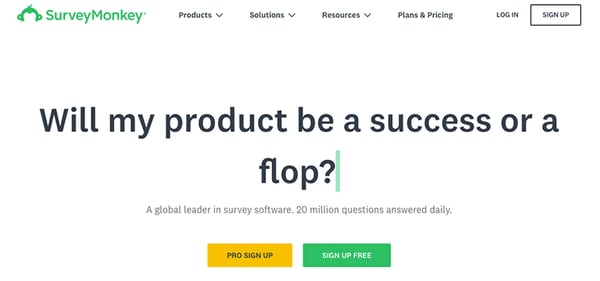
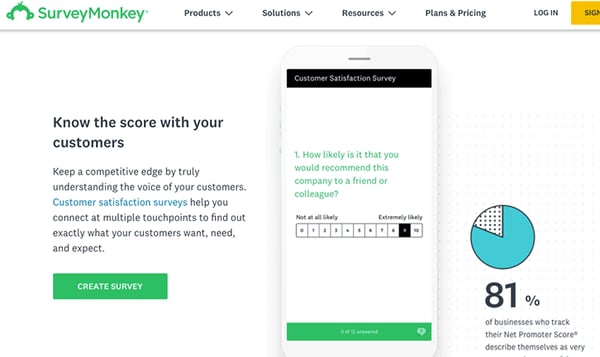
As you scroll down, here are the major points that SurveyMonkey highlights about their value proposition (italics are their text):
- A global leader in survey software. 20 million questions answered daily.
- We’re more than survey software. Here, the site advertises other features their service offers, like real-time reporting and content automation.
- You've got #workgoals. We'll help you meet them. This includes promises like ‘Know the score with your customers’, ‘Find out what employees really think’, and ‘Talk to the people that matter to you’.
- Join the 98% of the Fortune 500 who rely on SurveyMonkey for People Powered Data
With this, SurveyMonkey communicates their value proposition very effectively. They tell prospects that they are a global leader, used by an overwhelming majority of successful companies and handle a large volume of data on a daily basis (20 million questions). They explain the specifics of what they help their customers know (‘Find out what employees really think’), as well as how they do this (by explaining some of their capabilities). It doesn’t take a lot for a user to understand the what, why, and how of SurveyMonkey’s ROI.
Not everyone can be the industry leader, so we’ll look at a challenger: SoGoSurvey. SoGoSurvey opens with this:

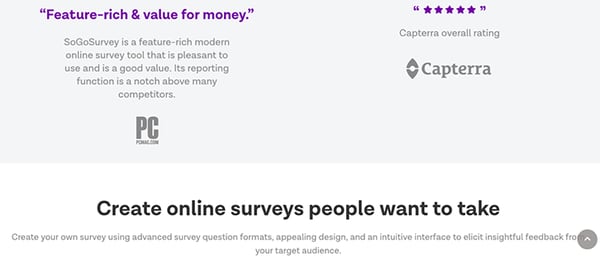
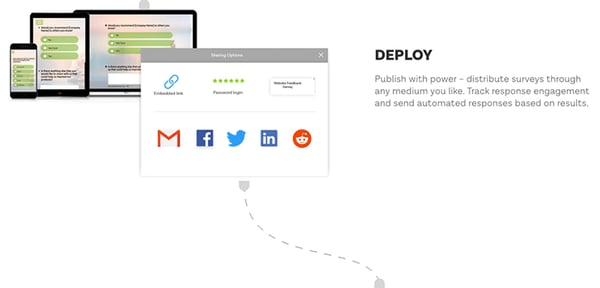
That headline should read 'Create an Online Survey' or 'Create Online Surveys', which speaks to how important it is to proofread! Other than that, the page communicates what SoGoSurvey offers, and more importantly, they offer either a free week-long trial or free basic package in order to attract prospects to try them instead of a competitor.
The site offers testimonials and clear benefits like 'Create online surveys people want to take', and they also detail capabilities of the platform.
A site like this needs to compete with an industry giant by offering unique deals like free trials. So GoSurvey could improve its value proposition by offering more selling-points to differentiate itself from the competition, whether more testimonials or highlighting something like customer service.
Now let's take a look at a third competitor, a European company called Typeform.
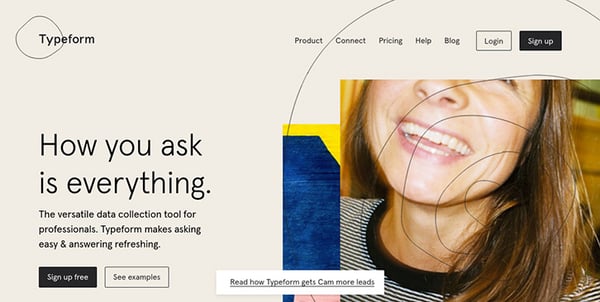
Typeform's website has a slogan: How you ask is everything, and it bills itself as a 'versatile data collection tool'. Other than that, the messaging is weighted much more towards the promotional side than the value-based side:
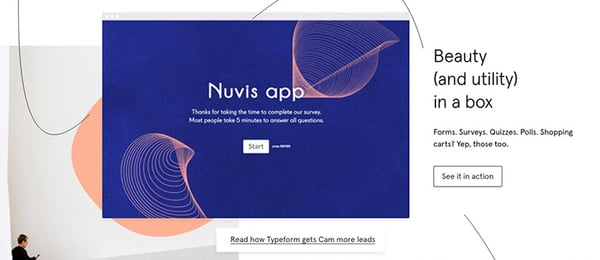
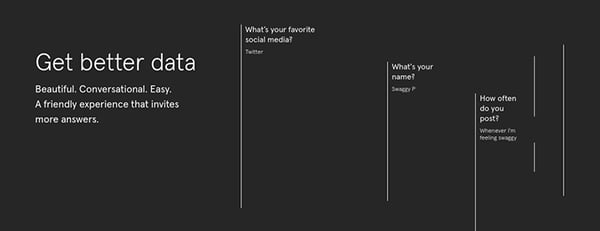
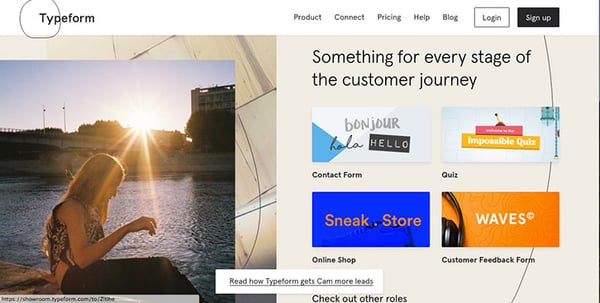
This is an example of crafting an attractive set of marketing material, rather than presenting a great value proposition.
To return to a great value proposition once again, we can conclude with a look at Square, a pioneer in turning mobile phones into point-of-sale systems:
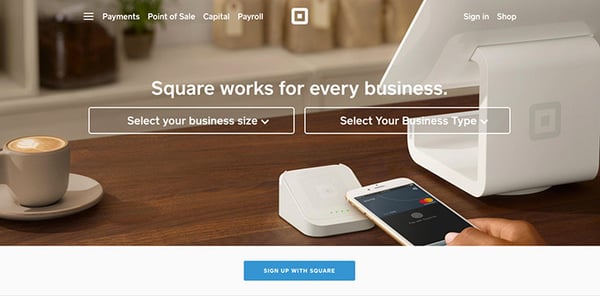
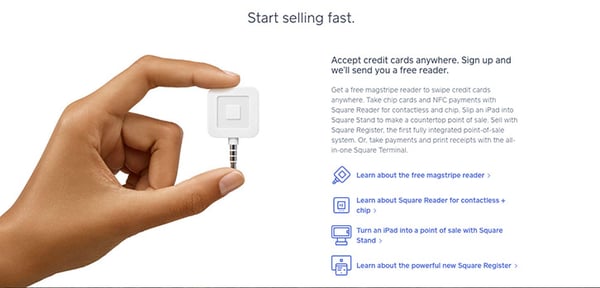
This is ideal. Square says: 'We work for any business. Name your size and type. We let you accept credit cards anywhere, and all you have to do is sign up and get a free reader. Learn about our service and turn your phone or tablet into a point-of-sale system.' It says everything it needs to say in a concise and clear way.
Now you will have a clearer idea of what it means to craft a great value proposition. We'd love to help your craft one for your business!


